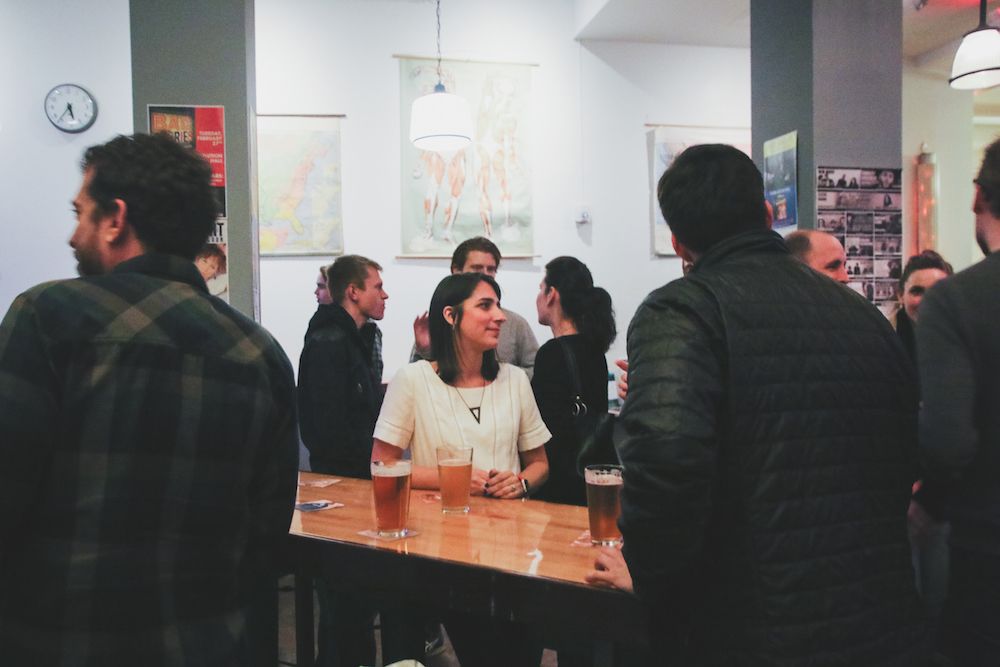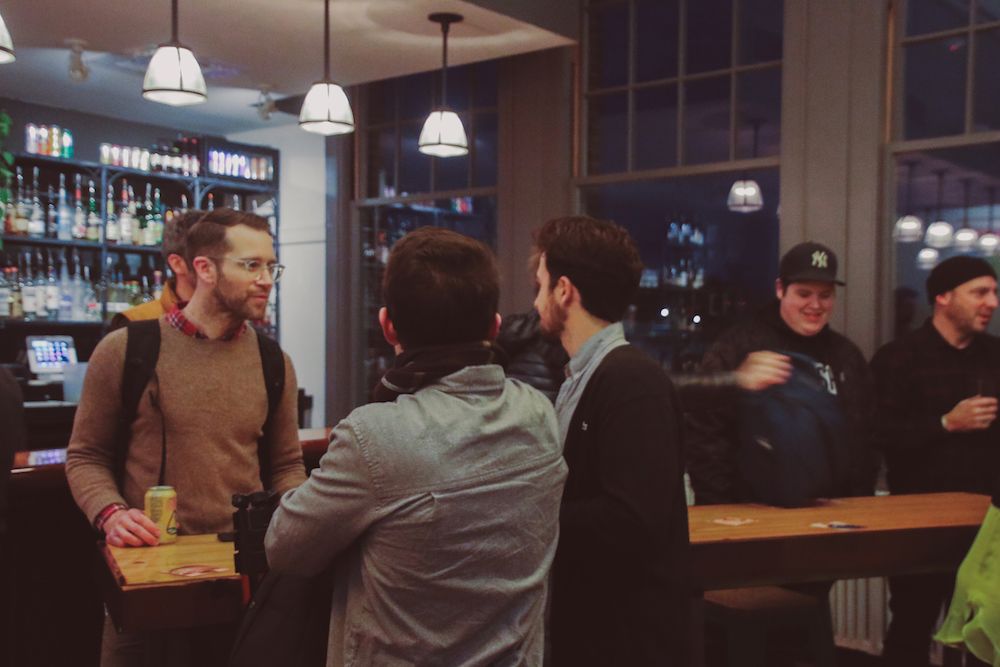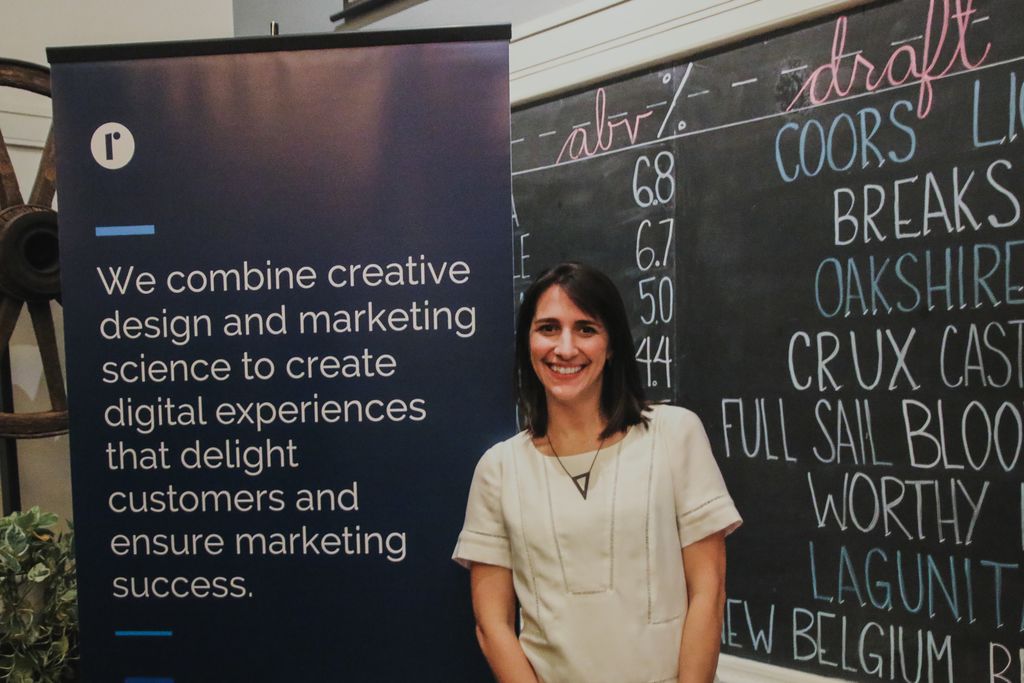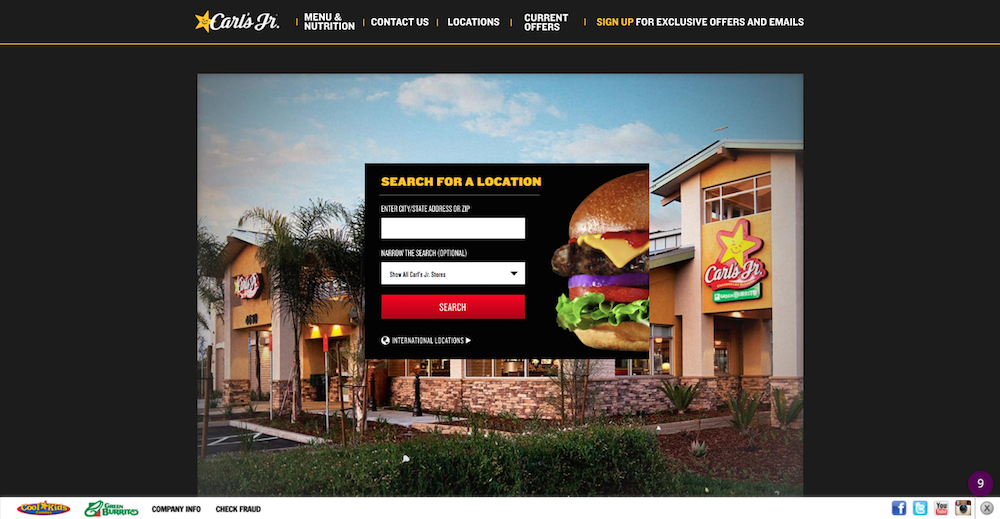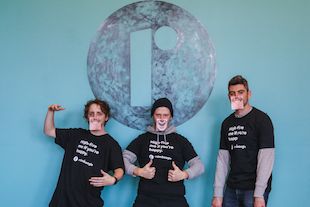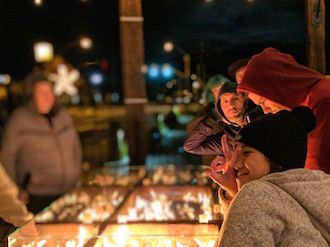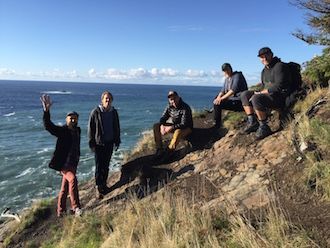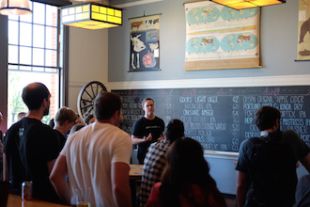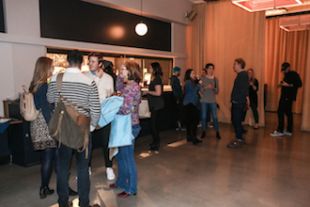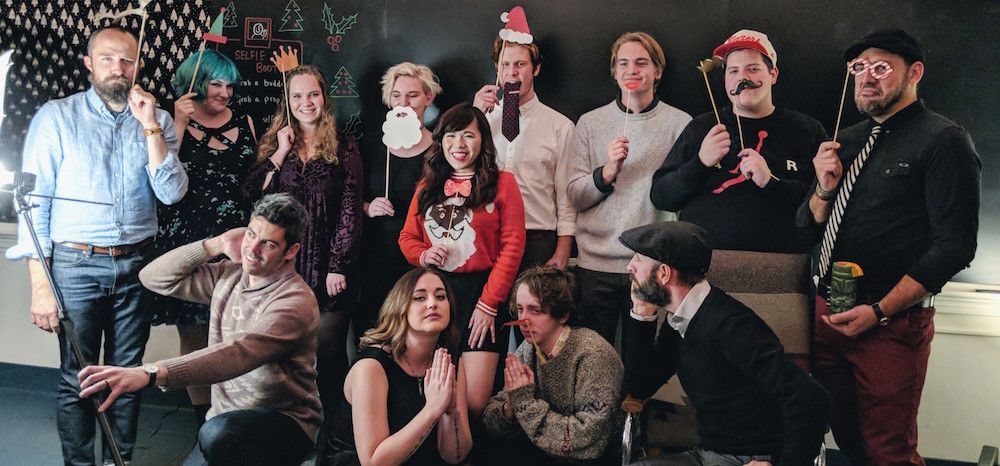Having a great idea is one thing, but how can strategy be utilized to bring that great idea to life? This month, we’re talking with Roboboogie Optimization Strategist, Duncan Lawrence, who knows all about turning a vision into reality. Read on to learn more about what strategy means in the optimization space, and to get an inside look at Duncan’s thoughts on the importance of data and where the industry is headed.
How do you describe what you do?
I have the best job in the world – I come up with ideas and my amazing team of analysts, designers, and developers help make those ideas come to life.
However, that usually doesn’t suffice as an explanation. My more granular description is that I work with client partners to understand the needs of their organization, develop strategies to help them meet their goals, and organize experiments to continually test, optimize and learn about their community.
What is a belief regarding the industry that you have that others in your field might not agree with?
To be a successful strategist it is important to never stop learning.
Creating strategies that work requires me to ask questions of our clients and their communities, challenging the status quo but understanding why it is the way it is, and integrating the history of the experience with the potential future. Each project requires an incredible amount of learning and a willingness to continually refine my understanding and assumptions over time.
What is a skillset that you use every day, but never thought you would have to?
Documentation, documentation, documentation.
I create and review a staggering amount of documentation. The complexity of our optimization programs and the number of simultaneous programs running requires a documentation process that enables the entire team (including the client) to effectively collaborate. I have tried all the tools available, but I keep coming back to always starting with pen and paper, then digitizing and distributing. It may sound tedious, but it keeps me focused on the work at hand.
How do you approach solving problems?
What’s a problem if not an opportunity to experiment? Problems within a single webpage, a user journey, or even a person-to-person communication concern are opportunities to repair and improve. But no matter the opportunity, my process holds similar:
- Identify the opportunity
- Research, collect and document all relevant data, related work, and best practices
- Ideate on the possibilities, rating feasibility, combining where it makes sense, and prioritizing
- Hand off experiment strategy, ensuring data collection matches the intent of the strategy
- Analyze and iterate
What is your advice for turning a strategic idea into reality?
Understand the limitations of possibility, but find a way to justify the value.
As a strategist, it is key to have an understanding of development frameworks, UX/UI best-practices, and what it takes to bring a project to life. This allows an understanding of what can be accomplished. Sometimes strategies aren’t feasible, but there are alternate solutions that gain the same or similar insights or value.
For example: with a hypothesis that users are more likely to purchase a product if the only products they see are the ones they want, it is tempting to jump into one-to-one personalization, presenting a fully customized experience that delivers exactly what the person wants.
However, the time and money investment to fulfill that strategy is unjustifiable without the data to back it up. Reflecting on the why of the strategy presents a few different, lighter weight options that give us the opportunity to gain insights into the user to determine if there is reason to continue the investment:
- Review available data, or collect additional data, to determine the feasibility of large-scale implementation
- Experiment with the number of presented product to see if there is an ideal number of products that result in conversions
- Pick one subset of people to create a fully personalized experience within a testing tool
What advice do you have marketers who are interested in harnessing both quantitative and qualitative data to make decisions?
As an industry, we often forget that there are actual people engaging with each experiment. We either go too deep on the qualitative data and get too focused on a single person’s experience, or we go the other way and focus only on the datapoints that are devoid of the individual human journey. That is why Roboboogie has created a process of integrating the two, understanding the value of both types of data for understanding optimization efforts.
As a strategist, I recommend starting with the quantitative data to create an outline of the journey, then filling in the gaps with qualitative experiences to create a story that has meaning.
Quantitative data creates the framework for a user journey, essentially setting up the chapters and major turning points of the story. The data showcases what happened, but not the why. Qualitative data helps bring life to the journey. The human element explains why the quantitative data is showing the experience. By combining the two, a strategist can uncover the why of a datapoint and better understand the people whose lives they are impacting.
What optimization trends are you currently most excited about?
Hyper-personalized, intentional experiences are what I am currently most interested in. As an industry we have spent the past 5-10 years building increasingly robust systems and experiences that honestly do too much, intimidating users into inaction and disengagement.
We are increasingly seeing a pull back from experiences that throw all options in front of the user and instead present the options in a meaningful manner. Smart tech, like Siri and Alexa, are great examples of this: they have the power to perform an incredible number of actions, but a user doesn’t need to sort through options. They get the job done, quickly and effectively. That is what every user experience should aim to do.
Thanks for sharing your strategic insights with us, Duncan! Tune in next month for another interview with a Roboboogie pro.





